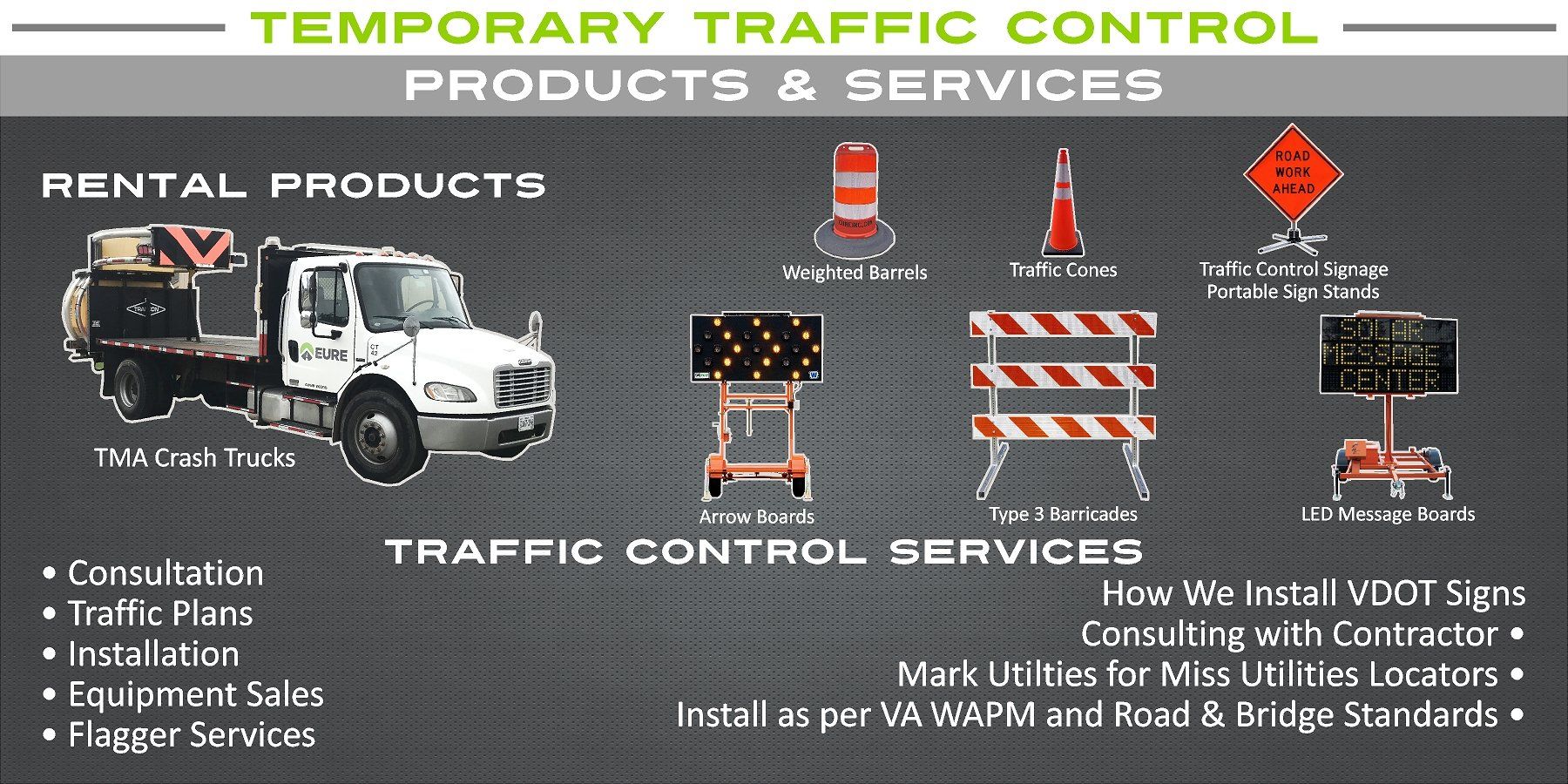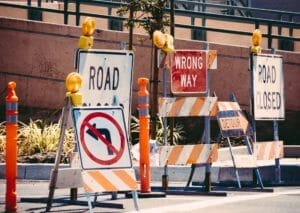The Basic Principles Of Safety Network
Table of ContentsNot known Details About Safety Network Rumored Buzz on Safety Network7 Easy Facts About Safety Network ShownThe smart Trick of Safety Network That Nobody is DiscussingThe Of Safety Network
The stages within a ring are numbered as shown in Number 7-2. Dual-Ring Controller Unit Has 2 interlocked rings organized to time in a recommended series and permit simultaneous timing of corresponding stages in both rings, based on the constraint of the obstacles (compatibility lines). Traffic control services. Each ring may include as much as two phases in each of its 2 barrier groups, for an overall of eight phases.Barrier (compatibility line) A referral point in the designated sequence of dual-ring and also multi-ring controller devices at which rings are interlaced. Obstacles ensure conflicting phases will not be picked or time simultaneously. At an obstacle, rings end the present stage and also go across the barrier at the same time, as highlighted in Figure 7-3.
If a call does not exist in one of the rings when the obstacle is crossed (from the various other stage group), a stage is selected because ring to be turned on by the controller in a predetermined fashion. Referring once more to figure 7-3 in the absence of calls on Stages 7 and 8, Phase 2 as well as Phase 6 end to service a call on Stage 3.
The Only Guide for Safety Network

Establishing Description Minimum Eco-friendly The outright minimum duration of the stage's eco-friendly indicator. The stage can not void out or be compelled off throughout this period. Variable Initial Environment-friendly A time computed from the variety of strategy detector actuations throughout red. In the lack of a stopline detector, it allows sufficient time to service cars queued in between the stopline and an advance detector.
The duration of this interval is influenced by associated parameters consisting of Added First (quantity of green included per actuation) and Optimum Preliminary. Pedestrian Stroll The minimal duration of the Stroll indication for pedestrians. The stage can not void out or be forced off throughout this period. Pedestrian Clearance The fixed period of the Blinking Don't Stroll sign for pedestrians.
Safety Network for Beginners
Green Expansion The amount of time by which the eco-friendly is extended after an automobile is discovered. If the minimal green, variable initial eco-friendly, Stroll, and also FDW have all ended, and no technique detector input is presently On, the stage eco-friendly can terminate (gap out) if the moment gap between successive cars goes beyond the eco-friendly extension time plus the time the detector input stays On while the car is being picked up.
This specification bypasses Eco-friendly Extension, however none of the other parameters over. Yellow Clearance The dealt with period of the yellow sign that constantly complies with the eco-friendly sign. Red Clearance The moment during which both the ending stage, and the adhering to conflicting phase(s) ready to begin, all at once present a red indication - Traffic control signs.
The "quantity" choice increments a preliminary eco-friendly interval timer each time a vehicle is found while the phase is red. The minimum environment-friendly is timed as the better of the typical minimum green and this computed first green, approximately a maximum. In the lack of stopline detectors, it can be made use of to count the variety of vehicles waiting in front of the development detectors as well as boost the minimal environment-friendly, if required, to clear this queue.
Excitement About Safety Network
One such sequence can be utilized on one street (one barrier team), while a various sequence is used on the other road. Series Description try these out Leading Left Turn Sequence begins with Phase 1 and Stage 5, the opposing turns moving together. As demand finishes or maximum eco-friendly is reached on either Stage 1 or Stage 5, the particular left-turn is ended after the appropriate change and also clearance periods, and the opposing thru movement (Phase 2 or Stage 6) is provided an environment-friendly indicator simultaneous with its accompanying left-turn.
As need finishes or optimum environment-friendly is gotten to on Stage 5, that left-turn is terminated after the correct change as well as clearance periods - https://www.reverbnation.com/artist/s4fetynetw0rk. The opposing thru activity, Stage 6, is launched to run with Phase 2. As need ends or maximum environment-friendly for Phase 2 is reached, it is ended after the correct modification as well as clearance periods, at the barrier line.

3 Simple Techniques For Safety Network
Input Description Automobile Detector Call Gets in an automobile need for service into the suitable phase of the controller device. Pedestrian Detector Telephone Call Gets in a pedestrian need for solution right into the involved stage of the controller device. Hold Command that preserves the existing right-of-way and also has different actions, as adheres to depending upon operation in the automobile non-actuated or actuated setting: For a non-actuated phase, energization of the hold input maintains the controller device in the timed out walk period with green and also walk indications shown.
De-energization of the hold input and with the stroll interval break creates the controller system to progress into the pedestrian clearance interval. Re-application of the hold input while timing the pedestrian clearance section of the green interval neither prevents the timing of this period neither the discontinuation of the phase.